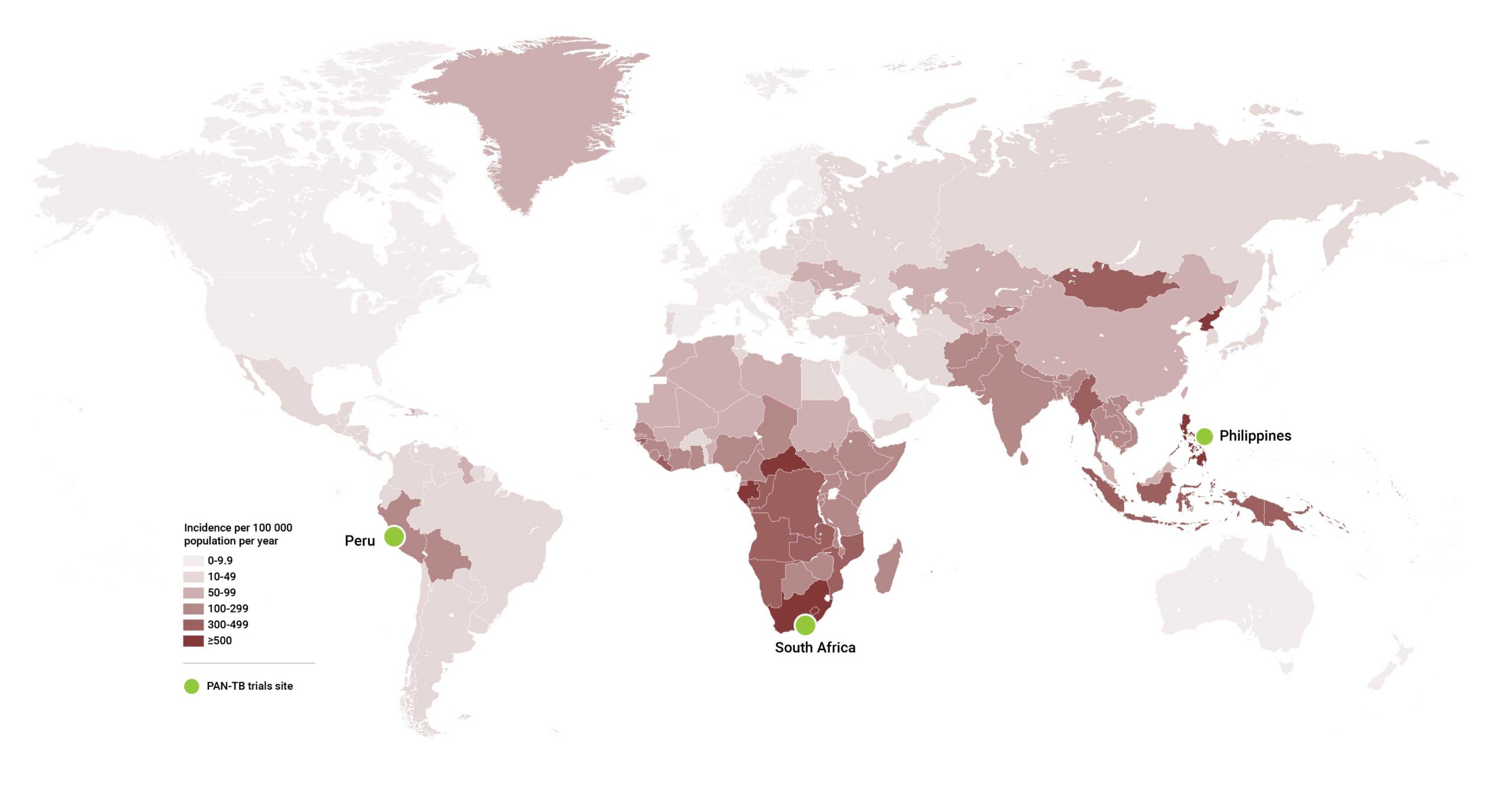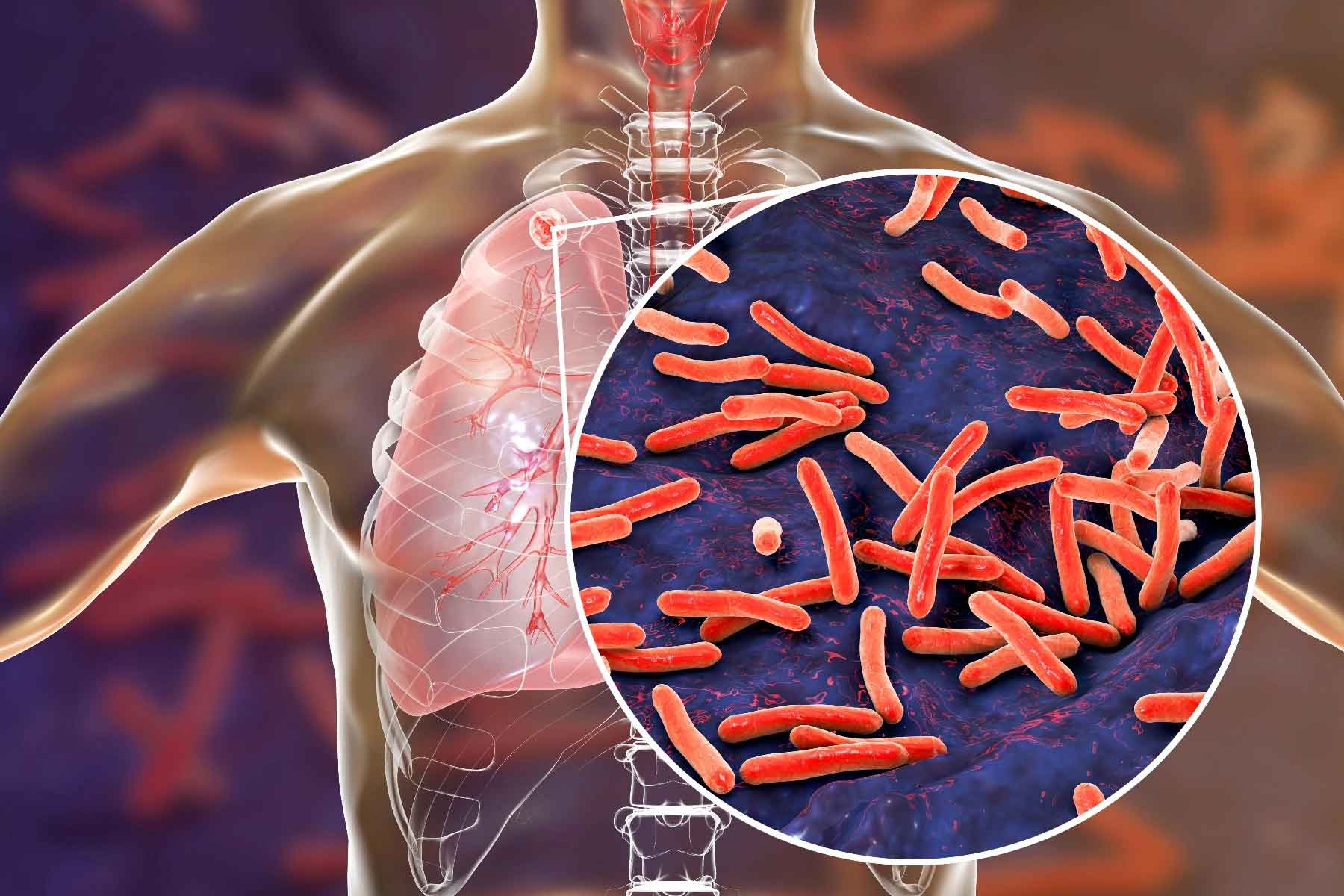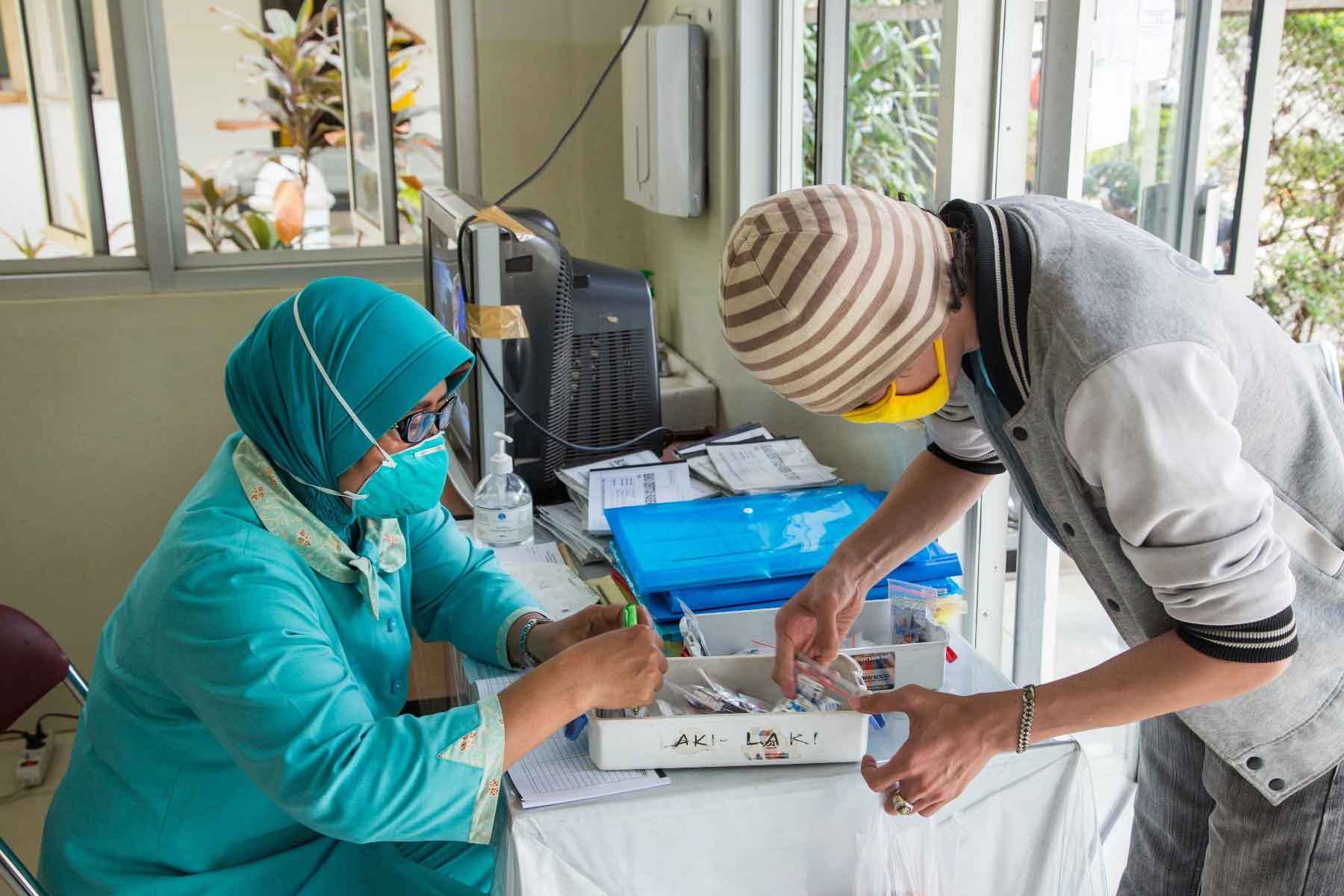

Overview of TB
What is tuberculosis?
Tuberculosis, or TB, is a contagious disease caused by a bacterial strain called Mycobacterium tuberculosis (M.tb). It usually affects the lungs but can spread to other parts of the body. The disease can spread easily through the air when an infected person coughs, sneezes, or talks, a form known as active TB, especially in crowded areas.

But not everyone who contracts TB will develop active TB symptoms. Some people will harbor the bacteria without becoming ill. This is called latent TB, and it can be challenging to diagnose, as it doesn’t show any symptoms. However, those with latent TB can still develop active TB later in life, especially if their immune system becomes weak, making it critical to diagnose and treat latent TB as well.
Global TB Snapshot
TB is a significant global health challenge and one of the top 10 causes of death worldwide. It’s the leading cause of death from an infectious disease, according to the World Health Organization (WHO). Unfortunately, the latest data shows that TB is on the rise again. In 2023, an estimated 10.8 million people fell ill with TB worldwide, representing a 4.6% higher incidence rate than 2020, reversing years of slow decline.

Sadly, TB also claims many lives, with 1.25 million people dying from the disease in 2023, including 161,000 people living with HIV. And only 75% of those who fell ill with TB in 2023 were diagnosed or reported, leaving millions of people untreated.
Ending the TB epidemic by 2030 is a target of the United Nations Sustainable Development Goals (SDGs), and between 2000 and 2023, it’s estimated that 79 million lives were saved through TB diagnosis and treatment.
It’s essential to continue investing in TB research and innovation to help stop the spread of the disease. By improving access to proper diagnosis and effective treatment, we can work towards eradicating TB and saving more lives.
Potential Impact of a PAN-TB Regimen
A pan-TB regimen that is expected to be significantly shorter than current standard TB treatments (2-3 months) would allow more TB patients to be cured, resulting in less transmission of infection and a reduced burden on health systems that treat TB. In turn, this would permit more resources to be focused on finding the estimated 3 million cases of active TB that are often underreported and go undiagnosed and untreated every year.
This work could result in a significant global health impact, with an accelerated decline in TB disease burden that ultimately paves the path to eliminating TB. TB can be prevented and curable with the right investments and resources.

